
Vectors - Shiny Geometric Backgrounds 8
6 AI | +TIFF Preview | 94 MB
|
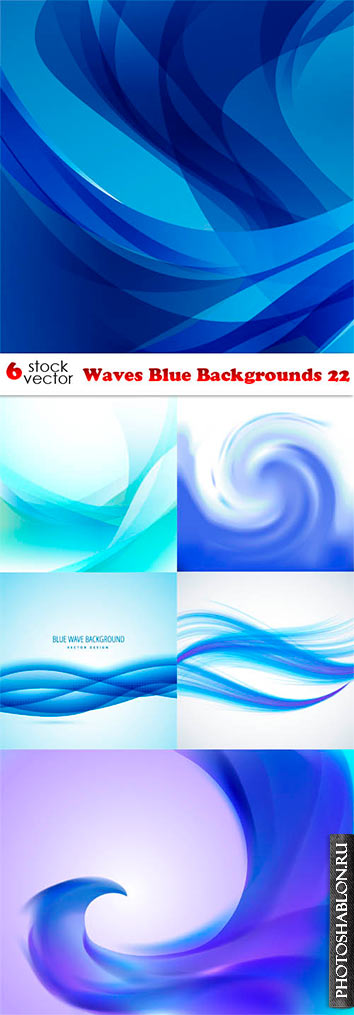
Vectors - Waves Blue Backgrounds 22
6 AI | +TIFF Preview | 84 MB
|

Vectors - Ornate Vintage Frames 29
5 AI | +TIFF Preview | 66 MB
|

Vectors - Option Infographics Elements 57
10 AI | +TIFF Preview | 176 MB
|
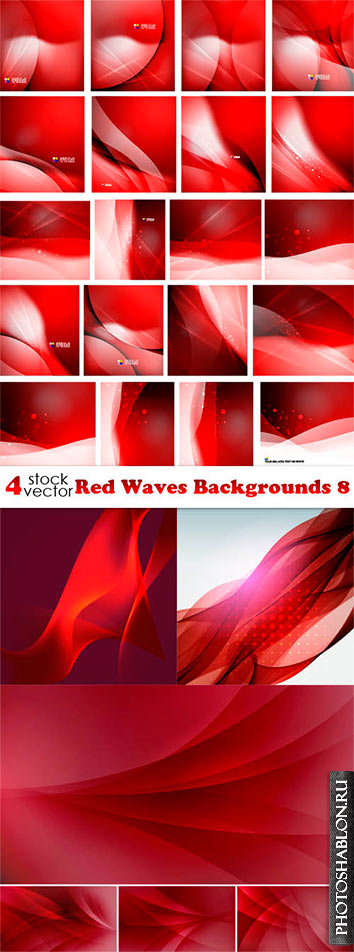
Красные векторные фоны / Vectors - Red Waves Backgrounds 8
4 AI | +TIFF Preview | 71 MB
|

Vectors - Shiny Realistic Lightnings 2
3 AI | +TIFF Preview | 91 MB
|
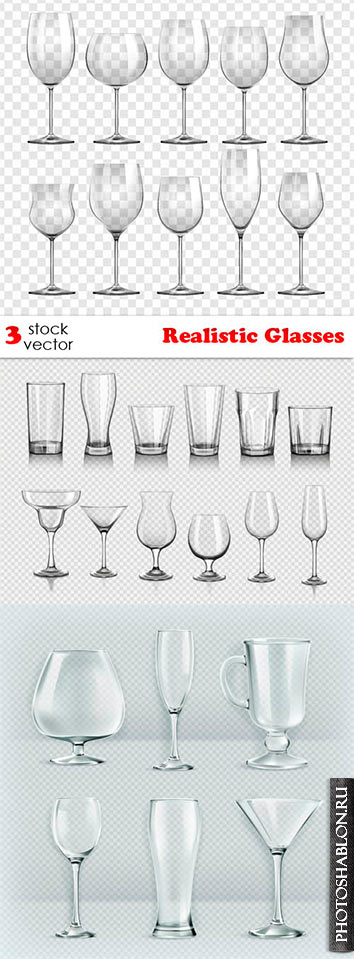
Vectors - Realistic Glasses
3 AI | +TIFF Preview | 89.7 Mb
|

Vectors - Different Transport Mix 2
7 AI | +TIFF Preview | 96.26 Mb
|
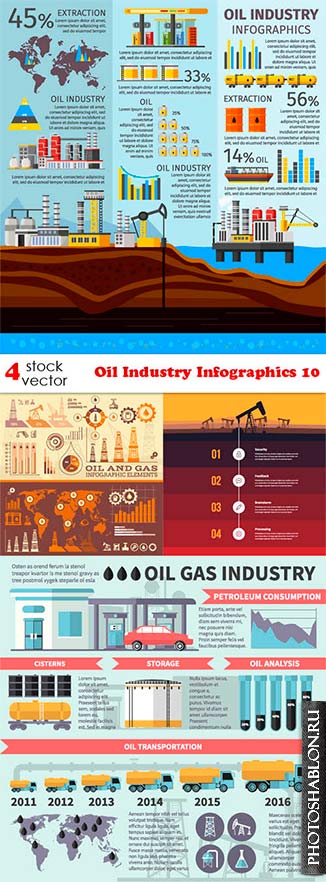
Vectors - Oil Industry Infographics 10
4 AI | +TIFF Preview | 53.85 Mb
|
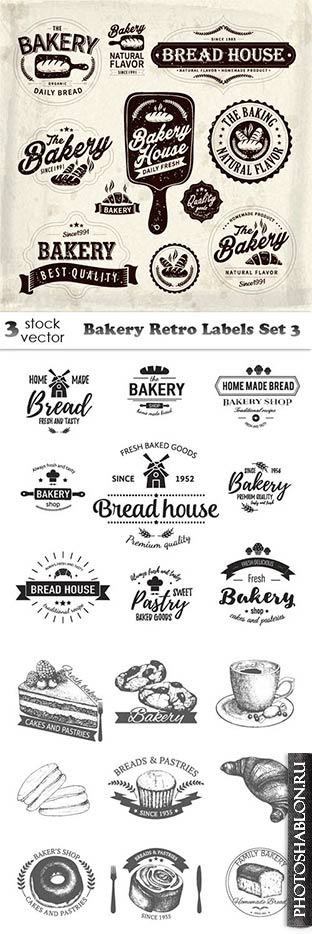
Vectors - Bakery Retro Labels Set 3
3 AI | +TIFF Preview | 48.98 Mb
|
|
Векторная графика, в отличие от растровой, строится не на основе сетки пикселей, а на математическом описании геометрических объектов - линий, кривых, многоугольников. Это позволяет векторным изображениям масштабироваться до бесконечности без потери качества, оставаясь четкими и гладкими даже при многократном увеличении. Каждый элемент в векторном изображении - это независимый объект, который можно редактировать отдельно, изменяя его цвет, форму, размер, положение, и т.д. Это делает векторную графику идеальным выбором для создания логотипов, иллюстраций, шрифтов, и других изображений, где важна четкость и масштабируемость.
Одним из ключевых преимуществ векторной графики является её компактность. Поскольку векторные изображения описываются математическими формулами, а не информацией о каждом пикселе, файлы обычно значительно меньше по размеру, чем их растровые аналоги. Это особенно важно для веб-графики и анимации, где размер файла напрямую влияет на скорость загрузки страницы и производительность. Кроме того, векторные файлы легче редактировать и обновлять, поскольку изменение одного объекта не требует повторной обработки всего изображения, как в случае с растровой графикой.












